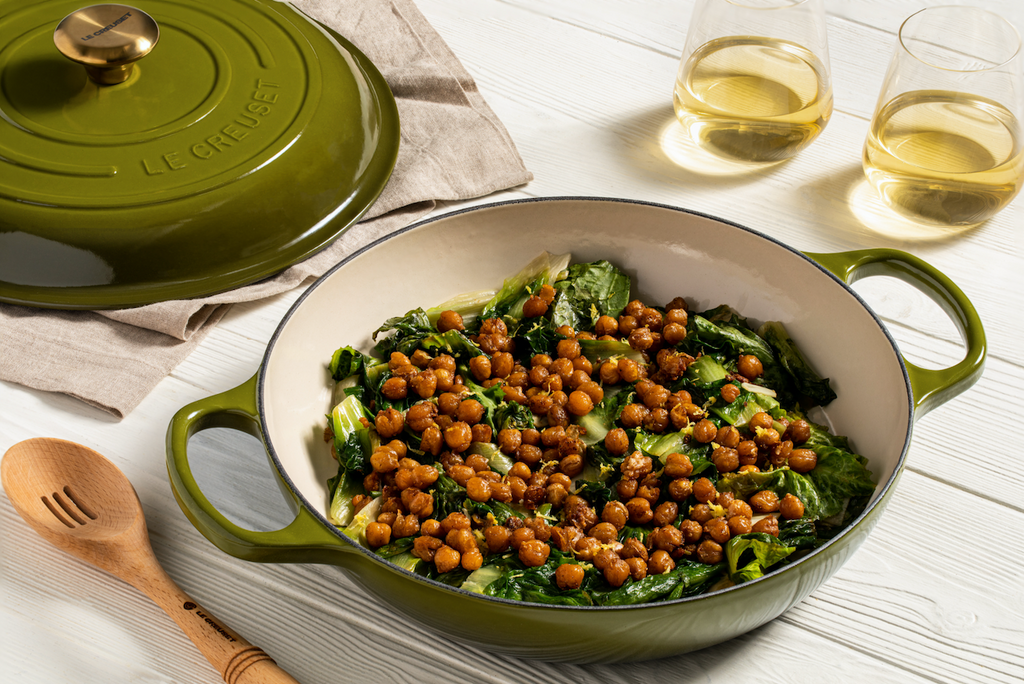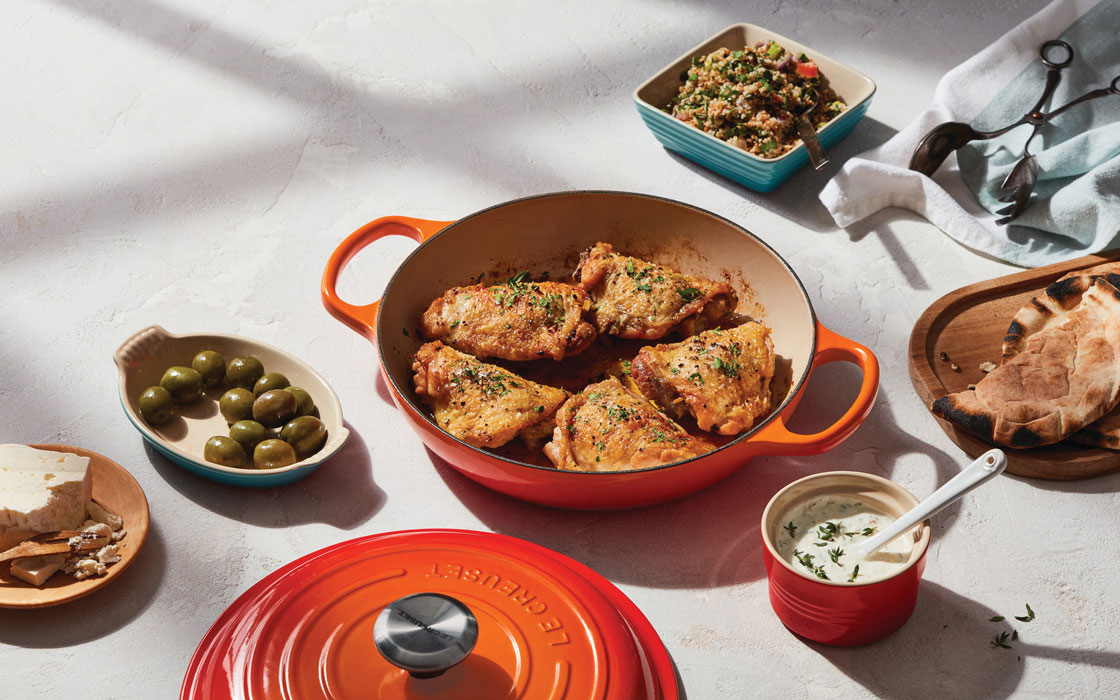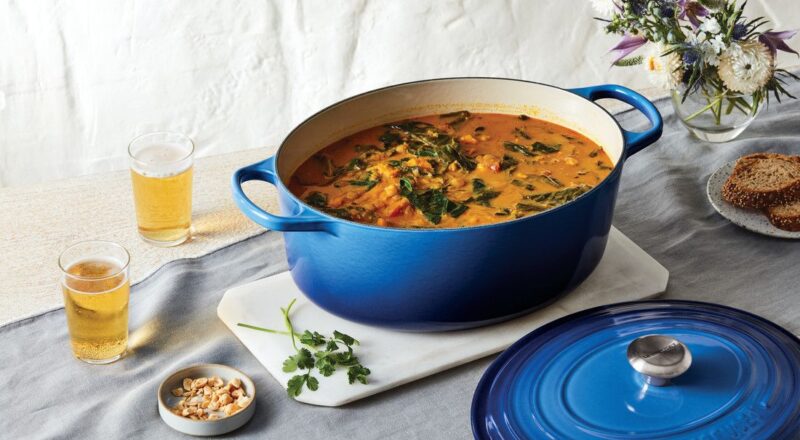The difference between shallow and deep cast iron braiser is a crucial consideration for both home cooks and professional chefs. Understanding these differences can significantly impact your cooking experience and the outcome of your dishes. In this article, we will explore the key distinctions between these two types of braisers, helping you make an informed decision on which one suits your culinary needs best.

Understanding the Basics of Cast Iron Braisers
Before diving into the differences, it’s essential to understand what a cast iron braiser is. A braiser is a versatile cooking vessel made from cast iron, known for its excellent heat retention and distribution properties. These qualities make it ideal for slow-cooking and braising, as it evenly cooks the food and retains moisture.
What Defines a Shallow Cast Iron Braiser?
A shallow cast iron braiser typically has shorter sides and a wider base. This design allows for more surface area, making it perfect for browning and reducing sauces. It’s also easier to access the food, making it convenient for dishes that require frequent stirring or flipping.
Characteristics of a Deep Cast Iron Braiser
In contrast, a deep cast iron braiser features higher sides and a narrower base. This design is advantageous for holding larger quantities of liquid and food, making it suitable for stews, soups, and other liquid-based recipes. The depth also helps in retaining moisture, which is essential for slow-cooked dishes.
Key Differences Between Shallow and Deep Cast Iron Braisers
1. Cooking Techniques and Applications
The primary difference between shallow and deep cast iron braiser lies in their cooking applications. Shallow braisers are excellent for recipes requiring quick evaporation and browning, such as sauting vegetables or searing meats. On the other hand, deep braisers excel in recipes that need longer cooking times and more liquid, like braising beef or making casseroles.
2. Heat Distribution and Retention
Both types of braisers benefit from cast iron’s superior heat retention and distribution. However, the shallow braiser’s design allows for more even browning, while the deep braiser’s depth aids in maintaining a consistent temperature for prolonged cooking.
3. Versatility in Cooking
When it comes to versatility, both shallow and deep braisers have their strengths. The shallow braiser’s wide base is ideal for recipes that require frequent stirring, while the deep braiser’s capacity is perfect for larger meals or batch cooking.
Choosing the Right Braiser for Your Needs
Deciding between a shallow and deep cast iron braiser depends on your cooking style and the types of dishes you frequently prepare. If you often cook meals that require quick browning or evaporation, a shallow braiser might be the best choice. However, if you prefer slow-cooked, hearty meals, a deep braiser would be more suitable.
Considerations for Home Cooks
For home cooks, the decision may also come down to storage space and budget. Shallow braisers are generally lighter and easier to store, while deep braisers may require more room but offer greater cooking capacity.
Professional Chefs’ Preferences
Professional chefs often choose braisers based on the specific requirements of their kitchens. Some may prefer having both types on hand to accommodate a wide range of recipes and cooking styles.
Maintaining Your Cast Iron Braiser
Regardless of whether you choose a shallow or deep braiser, proper maintenance is key to ensuring its longevity. Regular seasoning and cleaning will keep your braiser in top condition, allowing you to enjoy its benefits for years to come.
For more detailed information on maintaining your braiser, you can refer to this guide on cast iron braiser maintenance.
FAQs
1. Can I use a shallow braiser for deep frying?
While it’s possible to use a shallow braiser for frying, it’s not ideal due to its limited depth. For frying, a deeper pan would be more suitable. Learn more about frying in braisers here.
2. Do cast iron braisers affect the flavor of food?
Cast iron braisers can enhance the flavor of food through even heat distribution and seasoning. However, they do not alter the food’s natural taste. For more insights, visit this article.
3. Can I use a braiser for baking?
Yes, both shallow and deep braisers can be used for baking. They are excellent for baking bread, cakes, and casseroles due to their even heat distribution.

Conclusion
Understanding the difference between shallow and deep cast iron braiser can enhance your cooking experience and help you achieve better results in the kitchen. Whether you are a home cook or a professional chef, choosing the right braiser can make a significant difference in the quality of your dishes. For further reading on braisers and their features, check out this external resource.
This article contains affiliate links. We may earn a commission at no extra cost to you.

